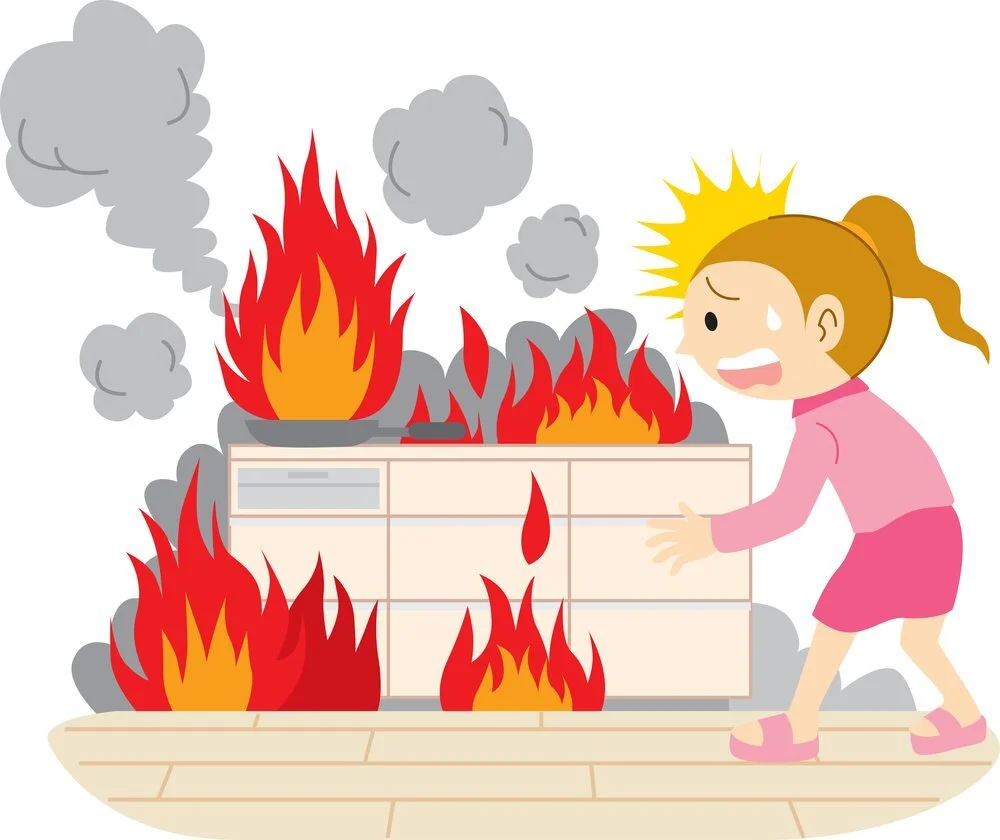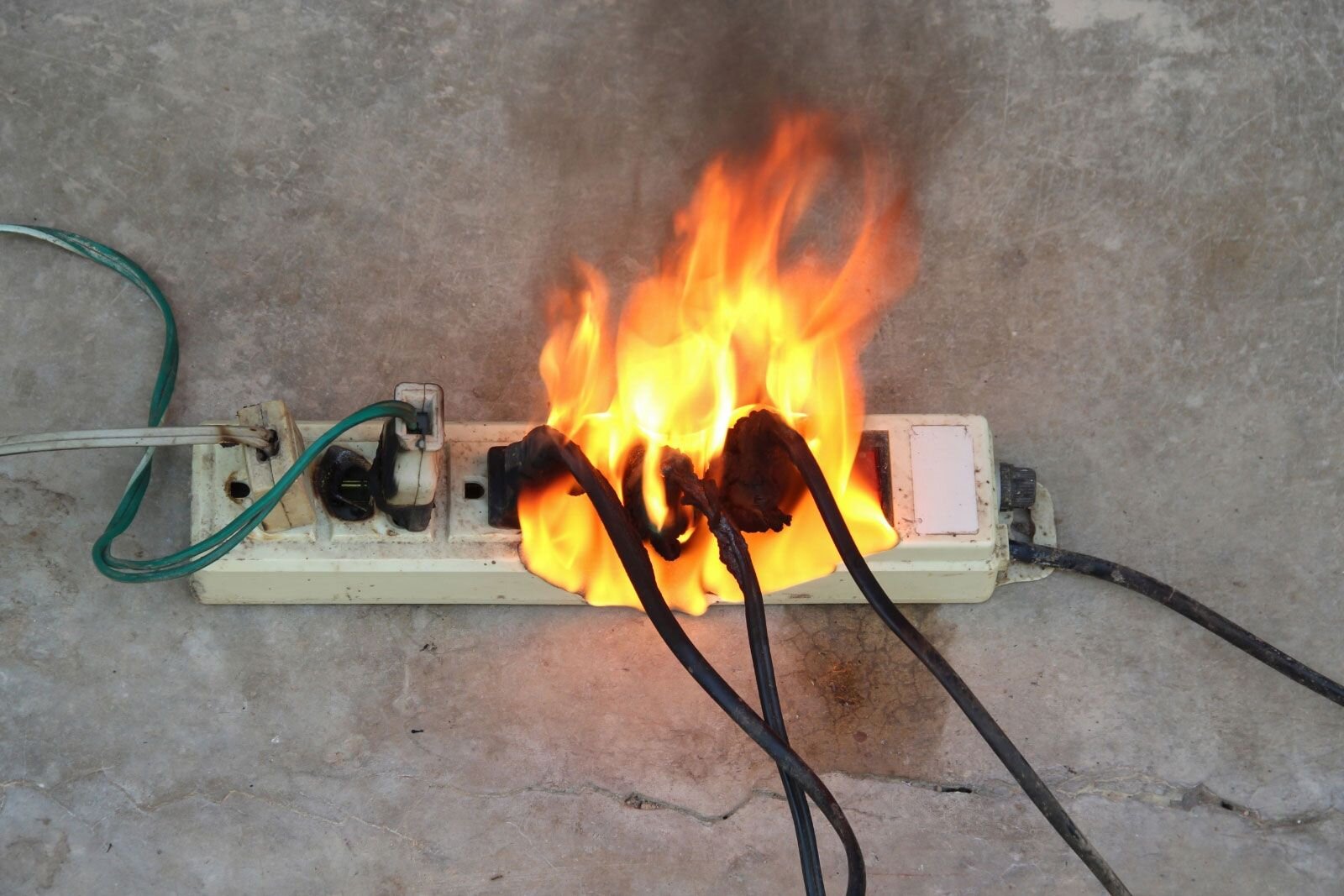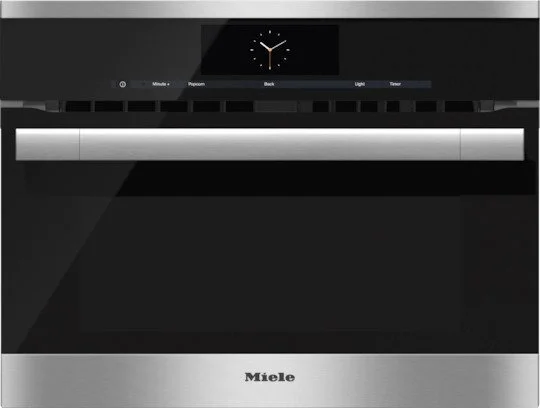Electrical Fires and How You Can Work To Prevent Them
Did you know that electrical fires are one of the top causes of the over 24,000 fires reported every year? October is Fire Safety and Awareness Month and we at Appliance Rescue Services wanted to do our part to keep you and your families safe. We'll dig in by talking about what are some of the most common causes, how to prevent them, and gear you should have in your home.
Fires: The Facts
Out of the 24,000 plus fires every year, Texas is one of the three leading the nation in fire deaths according to the US Fire Administration. The other two are California and New York. We will point out that these are fires caused from within the home rather than outside sources such as wildfires. Appliances are the number four cause of electrical fires within the home.
Some of the top causes for electrical fires are wiring, overheating, and improper use of power cords.
The wiring is the one that is the most clear cut. If cords are frayed,, exposed, or otherwise damaged the possibility of sparking and causing fires is a logical possibility. Some examples are inside of an appliance such as your oven or your dryer,or inside of an outlet that hasn't been properly grounded.
When it comes to our homes, every year we add more electrical items. Naturally they require more power but we don't always have the number of outlets that we need for our new toys. So instead we might hook extension cord into extension cord and overheat the wiring by drawing too much power through it all. That can cause the internal wires to melt and allow the outer casing to deteriorate which can then cause fires.
Fires: Prevention
So how do you go about preventing these? For the first one, going over cables regularly is a good idea. You should also have your appliances checked out, in addition to the outlets that they hook into.
It's also a good idea to clean out your dryer every 6 months to get rid of all the built-up lint. (Note that we're not talking about the lint-catch there. We're talking about the outtake duct. Your lint-catch should be cleaned out after every load.)
Another thing to keep an eye on is if lights start to flicker. This could mean that the wiring from the switch to the light is damaged in some way. If your outlets have an odd smell when running you might look into how they're doing. As for not having enough outlets; we suggest either having an electrician install new ones or carefully moving items around the room to make best use of the outlets you do have. Hooking extension cord into extension cord is never a good idea.
Fires: The Gear
Now that we've covered the scary stuff, and the boring stuff, let's get into how to deal with fires.
In this case the old adage a good offense is the best defense holds true. Your best bet when it comes to fires is to have tools and systems in place well before a fire ever breaks out.
When it comes to a fire it's not just the smoke and heat that are an issue but also carbon monoxide.
Installing dual sensors for both carbon monoxide and smoke is a first and basic step. You should test the batteries monthly and replace them yearly to ensure they stay in working order. The great thing about modern dual sensors is that many of them will be part of a system that you can have send information either to your local fire department or to your home monitor system.
You should also consider a home fire sprinkler system spread throughout your house.
They can extinguish a fire if it's a small one . They can prevent it from spreading to other areas of the home. And most importantly they can decrease the chance that smoke and deadly gases will reach your family.
If you're like many of our clients in the Frisco and McKinney areas then you probably have a two-story home. Every bedroom should be equipped with a fire escape ladder. This way in the event of a fire on the first floor you still have a way to get out. The good news is that these are collapsible and easily put away.
Having a fire blanket or two such as in your kitchen or in your garage is a good idea. These are useful for minor fires such as in the kitchen. they can also be wrapped around someone if their clothes have caught on fire.
Fire extinguishers are also something to have scattered throughout your home. You can get training from either your local fire department or a manufacturer. They'll walk you through both the PASS system as well as a few tips for before you use one.
P- pull the pin
A- aim at the base of the fire
S -squeeze the handle slowly and evenly
S- sweep from side to side
Some basic tips:
Ensure that it's properly charged. This should be something you check once a month along with testing your smoke and carbon monoxide detectors.
Make sure that your back is to an exit before using, you want to make sure that you can get out.
Make sure that everyone either is leaving or has left the house before using the fire extinguisher.
Even with all of this we know that we plan to start a fire in our backyards as the nights get cooler. Fire and electricity are like many things we've discussed, a tool to make our lives easier. So as we turn up the heat as temperatures get cooler, remember the boundaries of these tools. Keep your home and family safe and be aware of the way you use electricity.
If you have any tips that you think we missed or tools that you'd like to recommend for fighting a fire please let us know over on our Facebook. And if you think that there might be an issue with one of your appliances you can always call us or go to our website to set up a maintenance appointment.











